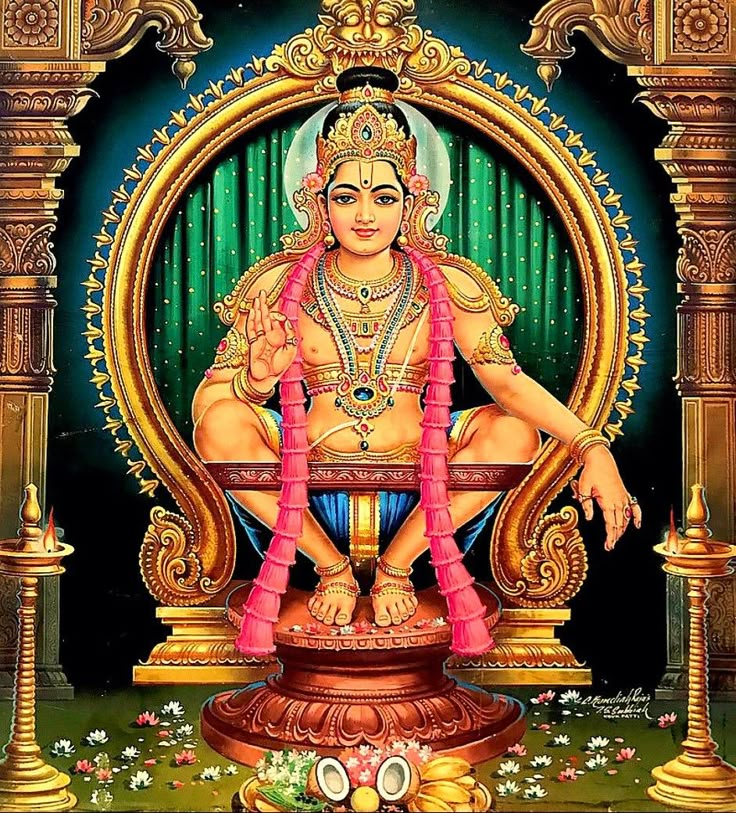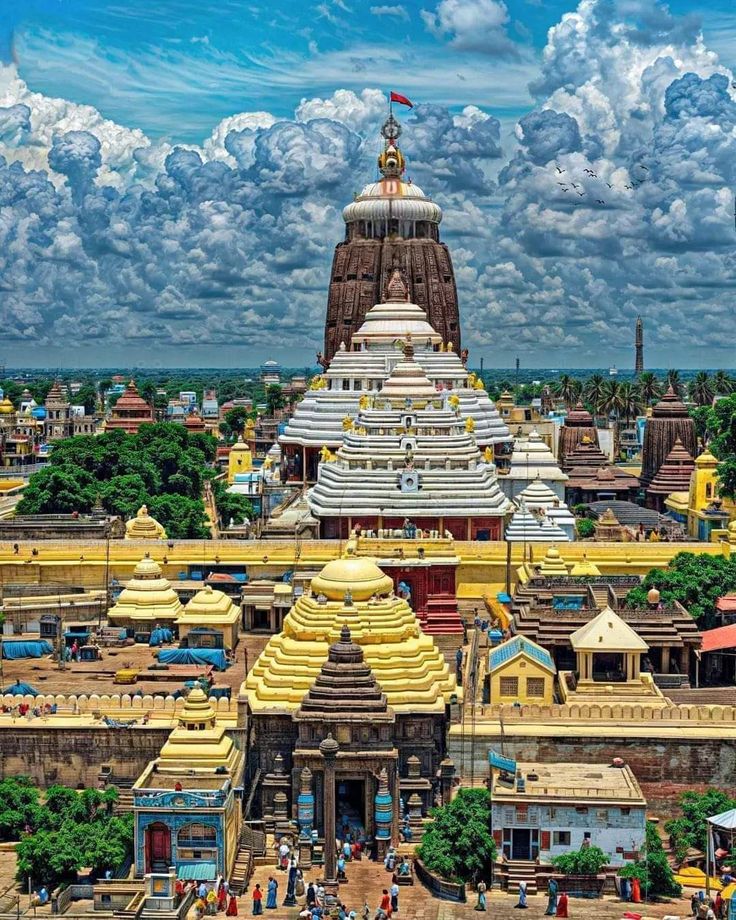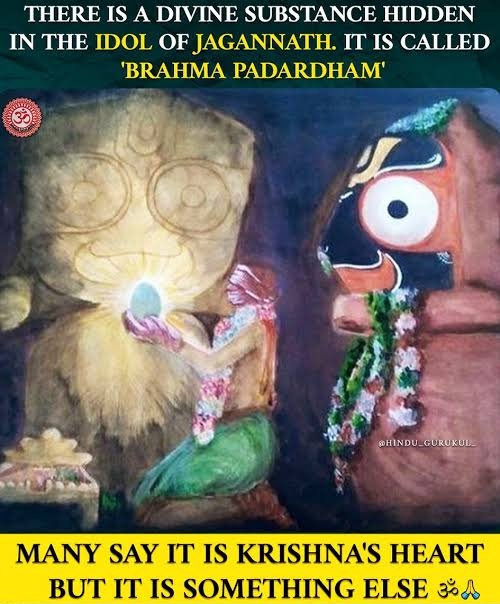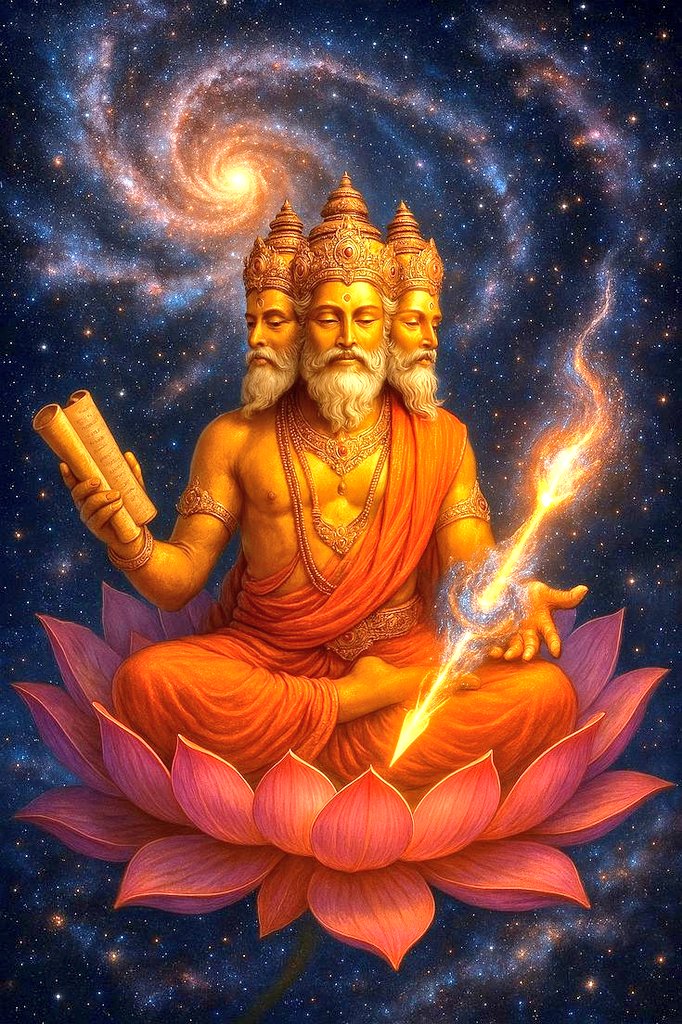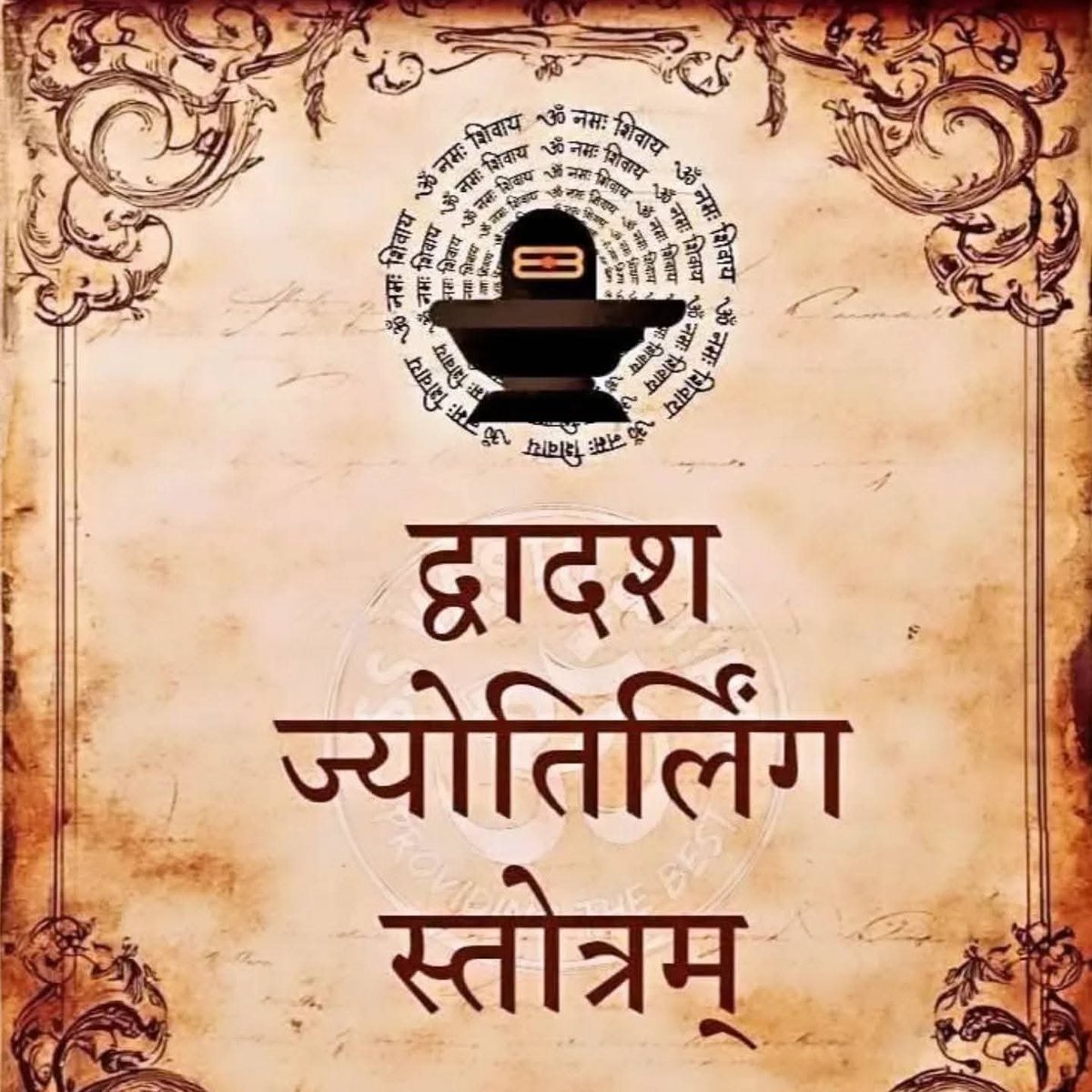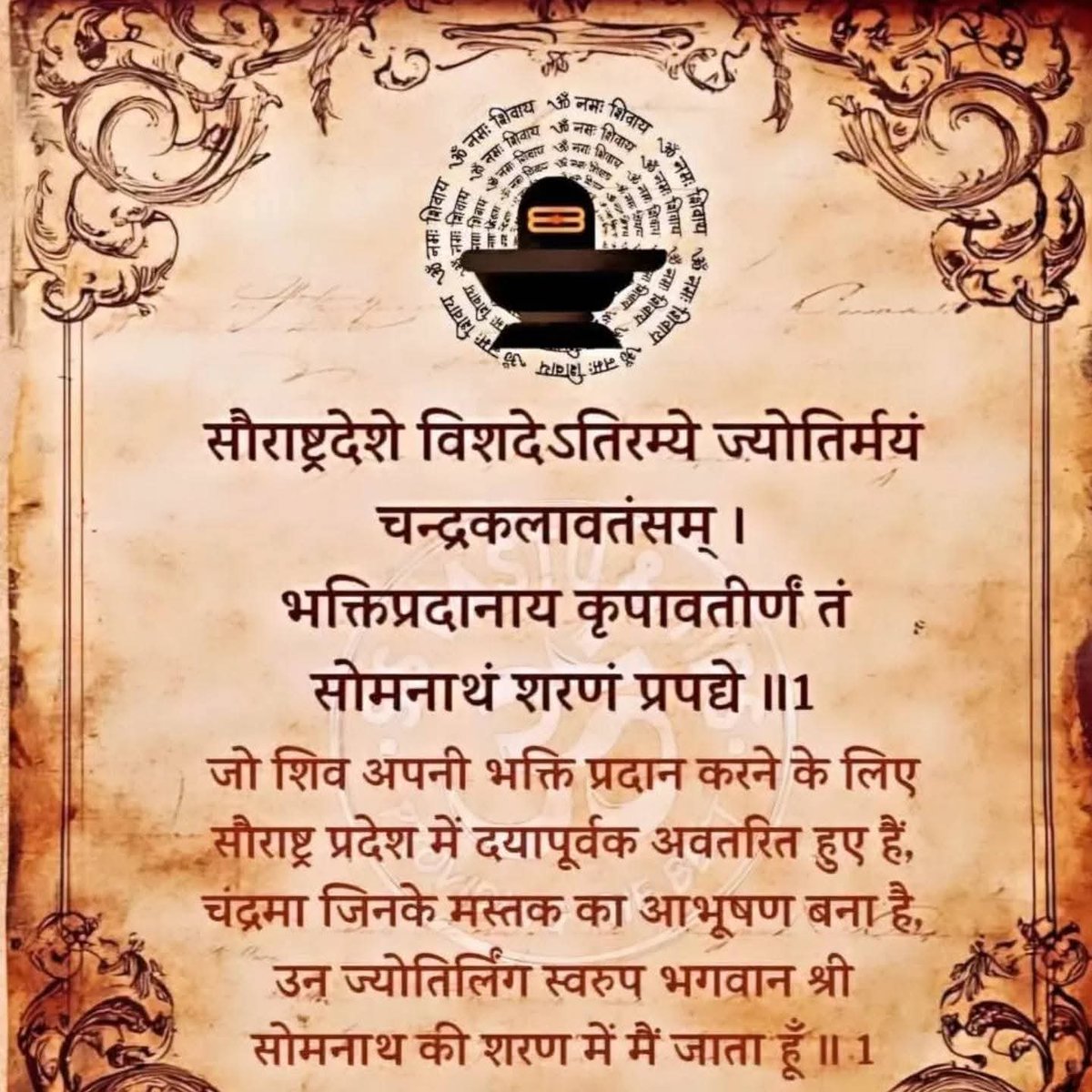🌺।।There is a 1500-year-old pagoda-style temple in the Himalayas, gilded with gold and frequented by deer, goats, cows, and monkeys।।🌺
Do you know about this temple ?
A THREAD 🧵 ABOUT THE LEGEND OF PASHUPATINATH & EVERYTHING ABOUT IT
Pashupatinath Temple is devoted to Pashupati,God of animals,a form of Shiva.
Do you know about this temple ?
A THREAD 🧵 ABOUT THE LEGEND OF PASHUPATINATH & EVERYTHING ABOUT IT
Pashupatinath Temple is devoted to Pashupati,God of animals,a form of Shiva.

The Pashupatinath Temple, located in Kathmandu, Nepal, dates back to the 4th century and is the oldest temple in this region. One of the holiest sites in Nepal, this temple complex on the bank of the river Bagmati houses nearly 500 temples.
In addition to being a revered religious destination, the temple complex is a UNESCO World Heritage Site that is also home to one of the Shaktipeethas, the Guhyeshwari Temple. The temple finds mention in the Skanda Purana, when Parvati asks Shiva about the important Shiva Kshetras of the world and Bhagwan Shiva lists 68 sacred temples, of which the Pashupatinath temple was one.
🌺।।The Origin story of Pashupatinath Temple।।🌺
Among the various legends related to the Pashupatinath Temple, one refers to the time when Shiva and Parvati assumed the form of antelopes in the forest near the Bagmati river and started living here.
Among the various legends related to the Pashupatinath Temple, one refers to the time when Shiva and Parvati assumed the form of antelopes in the forest near the Bagmati river and started living here.

Bhagwan Shiva and Mata Parvati once left Mount Kailash and wandered through forests and valleys, disguised as a deer and a doe, to enjoy earthly beauty without being recognized.
They eventually reached the lush Bagmati riverbanks in the Kathmandu valley and were so enchanted by the place that Shiva decided he would never return to Kailash.
They eventually reached the lush Bagmati riverbanks in the Kathmandu valley and were so enchanted by the place that Shiva decided he would never return to Kailash.
Meanwhile, the gods noticed Shiva’s absence and grew worried — the universe was unbalanced without him.
The gods searched and finally found him in his deer form. They tried persuading him to return, but he refused.
So, Sri Vishnu and other gods caught the deer by its horns. In the struggle, one horn broke into four pieces and scattered. These horn fragments later became sacred lingas at different spots.
The gods searched and finally found him in his deer form. They tried persuading him to return, but he refused.
So, Sri Vishnu and other gods caught the deer by its horns. In the struggle, one horn broke into four pieces and scattered. These horn fragments later became sacred lingas at different spots.
According to the legend, when Shiva’s deer horn broke during the struggle with the gods, it shattered into four sacred pieces, and each was enshrined at a different holy spot in the Kathmandu Valley:
⚜️1. Pashupatinath Temple – The main piece is worshipped here as the central Shivalinga.
⚜️2. Guhyeshwari Temple – A highly revered Shakti Peeth dedicated to Goddess Parvati, near Pashupatinath, houses another fragment.
⚜️1. Pashupatinath Temple – The main piece is worshipped here as the central Shivalinga.
⚜️2. Guhyeshwari Temple – A highly revered Shakti Peeth dedicated to Goddess Parvati, near Pashupatinath, houses another fragment.
⚜️3. Kedarnath Temple (Pharping area, Nepal) – Not to be confused with the one in India, this local shrine keeps one of the horn parts.
⚜️4. Suryeshwar Mahadev Temple – Located in the southern hills of Kathmandu, said to enshrine the remaining fragment.
This way, the legend ties multiple temples into a single spiritual geography, with Pashupatinath as the heart of the story.
⚜️4. Suryeshwar Mahadev Temple – Located in the southern hills of Kathmandu, said to enshrine the remaining fragment.
This way, the legend ties multiple temples into a single spiritual geography, with Pashupatinath as the heart of the story.
Shiva and Parvati later returned to Kailash, but the horn remained here, buried in the soil, and forgotten. Many years later, a herdsman passing through this area found one of his cows pouring milk on the ground. When he dug there, he found the divine linga of Pashupatinath, which led to the establishment of the pilgrimage.
Another story describes that Bhagwan Vishnu and other Gods named Bhagwan Shiva ‘Pashupati’ during Tripura Samhara, a time when Shiva became the ruler of all demons (called Pashu or beasts).
Yet another legend says that the location of the temple is the place where Bhagwan Shiva’s tears fell when he created the Bagmati River.
Yet another legend says that the location of the temple is the place where Bhagwan Shiva’s tears fell when he created the Bagmati River.
🌺।।The Architecture of Pashupatinath Temple।।🌺
> The temple is an architectural beauty with intricate and priceless sculptures. The old temple, destroyed by termites, was replaced by the current main temple building built in the 17th century. The Pashupatinath Temple miraculously survived the massive destruction of the 2015 Nepal earthquake.
> The temple is an architectural beauty with intricate and priceless sculptures. The old temple, destroyed by termites, was replaced by the current main temple building built in the 17th century. The Pashupatinath Temple miraculously survived the massive destruction of the 2015 Nepal earthquake.

> The temple’s pagoda-style design is a characteristic feature of Nepalese architecture. The double-storey roof is made of copper, covered with gold, with a gold pinnacle at the top.
> There is an enormous brass statue of Nandi Bull at the entrance of the Garbha Griha, or inner sanctum of the main temple. The four doorways in the inner sanctum are covered with silver sheets.
> There is an enormous brass statue of Nandi Bull at the entrance of the Garbha Griha, or inner sanctum of the main temple. The four doorways in the inner sanctum are covered with silver sheets.
> The main idol in the Garbha Griha is a one-metre-high, stone Mukhalinga with a silver base. A mukhalinga is a shiva linga with one or more faces of Shiva carved on it. The Pashupatinath linga is surrounded by a silver serpent and has faces in four directions and a featureless face on the top.
> Each face represents different aspects of Shiva: Sadyojata (west-facing), Vamadeva (north-facing), Tatpurusha (east-facing), Aghora (south-facing), and Ishana (zenith-facing). These five faces also symbolise the five constituent elements of the universe. The linga, when not being worshipped, is kept covered with a golden sheet.
> Each face represents different aspects of Shiva: Sadyojata (west-facing), Vamadeva (north-facing), Tatpurusha (east-facing), Aghora (south-facing), and Ishana (zenith-facing). These five faces also symbolise the five constituent elements of the universe. The linga, when not being worshipped, is kept covered with a golden sheet.

🌺।।Other important facts of the Temple।।🌺
> Pashupati Bagmati aarti near the riverbank and Shiv Tandav Nrutya (dance) are interesting aspects of the evening prayers at this temple.
> More than a million devotees attend the Mahashivaratri celebrations here, and Nag Panchami is also an important festival.
> Pashupati Bagmati aarti near the riverbank and Shiv Tandav Nrutya (dance) are interesting aspects of the evening prayers at this temple.
> More than a million devotees attend the Mahashivaratri celebrations here, and Nag Panchami is also an important festival.
> Teej, an important festival for Hindu women, is one of the most celebrated festivals in this temple.
> Another unusual festival here is Bala Chaturthi or Balachaturdashi, where devotees sow seven types of grains around the temple area.
> Another unusual festival here is Bala Chaturthi or Balachaturdashi, where devotees sow seven types of grains around the temple area.
> Pashupati Mukh Herne Jatra is a unique festival celebrated at the Pashupatinath Temple, during which the normally closed silver door of the temple is opened for devotees to view the deity.
> Another remarkable aspect of the temple is that the four main priests, who are allowed to touch the deity, are always from Karnataka, chosen with stringent procedures to test their deep knowledge in the Rig Vedic traditions.
> Another remarkable aspect of the temple is that the four main priests, who are allowed to touch the deity, are always from Karnataka, chosen with stringent procedures to test their deep knowledge in the Rig Vedic traditions.

> God Shiva is inextricably linked to death (freedom from illusion) and salvation. The Pashupatinath Temple has the holiest Hindu funeral ground in Nepal, comprising many cremation ghats on the east side of the temple, by the banks of the sacred river Bagmati.
> It is said that anyone who dies on the premises or is cremated there attains freedom from all sins.
> One particular ghat, the Arya Ghat, is considered to be the most auspicious among them, where the members of Nepal’s royal family are cremated. The water from only this ghat is considered holy enough to be brought to the temple.
> One particular ghat, the Arya Ghat, is considered to be the most auspicious among them, where the members of Nepal’s royal family are cremated. The water from only this ghat is considered holy enough to be brought to the temple.
> Apart from being an important part of Nepal’s cultural legacy, the Pashupatinath Temple of Kathmandu is also a symbol of Shiva’s divine grace and a reminder of the cyclical nature of life and death.
🌺।। ॐ श्री पशुपतिनाथाय नमः।।🌺
🌺।। ॐ श्री पशुपतिनाथाय नमः।।🌺

• • •
Missing some Tweet in this thread? You can try to
force a refresh






